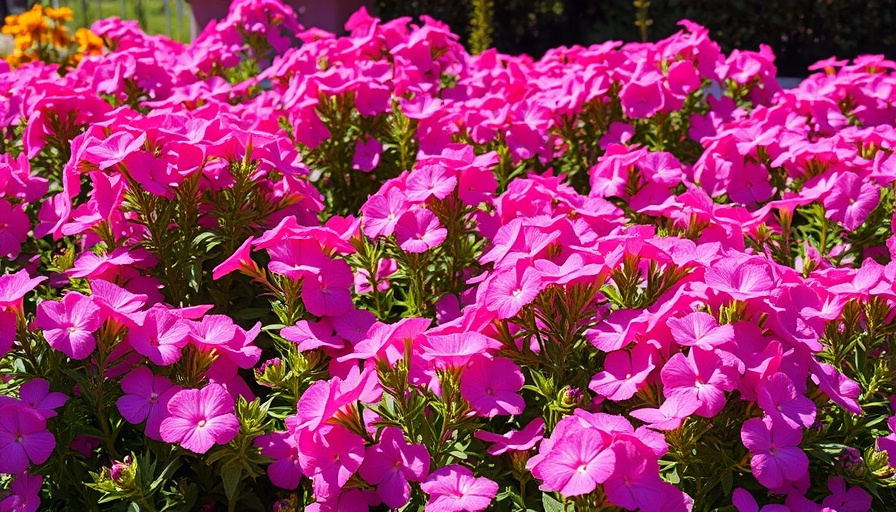
Cultivating Charm: The Timeless Allure of Cottage Gardens
Cottage gardens evoke a sense of nostalgia and romance, offering a delightful slice of rural England right in your backyard. Adorned with fragrant blooms and a mix of useful plants, they embody the sustainable philosophy of combining beauty with practicality. As you embark on your gardening journey, adding perennials to your landscape creates not just a visual feast but a hub of biodiversity.
Why Choose Perennials for Your Cottage Garden?
Perennials provide several advantages for any gardener, particularly in the context of cottage garden aesthetics. Once established, they return each season, enriching your garden with effortless beauty year after year. Additionally, many perennials, such as lavender, are excellent for attracting pollinators, contributing to the ecological health of your plot. Imagine walking through fragrant pathways lined with plants that flourish regardless of seasonal changes; this is the charm of cottage gardens.
Top Cottage Garden Perennials to Plant Now
Considering starting a backyard planting box in Muskegon? Here are some iconic choices to elevate your garden:
- English Tall Lavender: This aromatic favorite not only provides a classic look but also attracts bees and repels garden pests, making it a functional choice as well.
- Garden Phlox: Known for its romantic and fragrant blooms, this perennial adds charm while drawing in necessary pollinators.
- Colorado Blend Yarrow: Versatile and robust, yarrow thrives in various conditions and adds visual texture with its feathery foliage and colorful flower heads.
Filling your space with these selections allows you to showcase diversity in color, texture, and growth habits, creating a lively ecosystem.
Practical Tips for Creating Your Cottage Garden
Here are some actionable insights for those looking to design a cottage garden in Muskegon:
- Plan for Full Sun: Most cottage garden perennials thrive in full sun. Position your plants accordingly, taking note of their height, spread, and blooming periods.
- Experiment with Edibles: Combine beauty and utility by integrating herbs and vegetables alongside your flowering plants. This not only diversifies your garden but also benefits pollinators.
- Utilize Vertical Space: Incorporate arched plant support projects to maximize vertical planting, making the most of your space while also adding an enchanting aesthetic.
Enhancing Your Garden with DIY Projects
In addition to selecting the right plants, consider enriching your cottage garden experience with some fun DIY projects:
- Build Elevated Planter Boxes: Great for defining spaces and elevating plant displays, these can add structure to your design.
- Construct a Rustic Gate: Adding a charming entrance can set the tone for your garden environment while inviting visitors to explore.
Creating a Garden Harmony with Home Essentials
Your garden isn’t just about plants. It’s also about the atmosphere you create. Enhance your outdoor space in Muskegon with aesthetic additions like a small pond assembly or a patio fountain tutorial, inviting tranquility into your personal oasis.
Take Action and Transform Your Space
With the right mix of perennials and creative DIY projects, your cottage garden can be a stunning showcase of beauty and functionality. To keep your garden flourishing, consider reaching out to local experts. Your trusted local lawn care and property management company, Norther-LawnCare.com, offers tailored solutions to ensure your outdoor spaces look their best season after season. Call Everett Lucas at 231-450-3414 to learn more!
 Add Row
Add Row 
 Add
Add 


Write A Comment